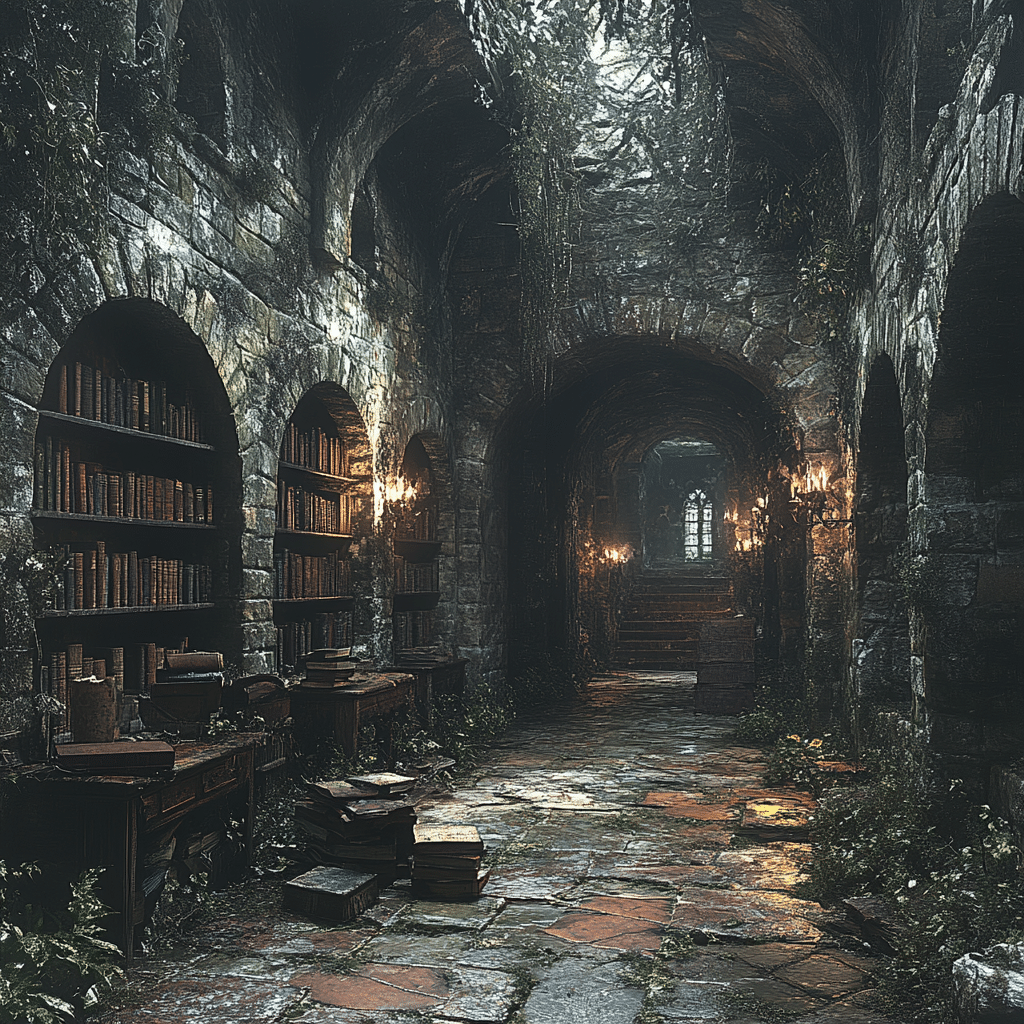
Good Old Games That Redefined Classic Gaming Forever
Video games have woven themselves into the fabric of popular culture since the late 20th century. Among these, some good old games have transcended their time, not only capturing the hearts of players but also shaping the gaming industry and influencing generations of players and developers alike. These classics are more than mere entertainment; they’ve laid the groundwork for the evolution of modern gaming, creating a direct line to today’s titles that push boundaries. Join us as we explore the profound impact of seven legendary games that redefined the landscape of gaming forever.
Top 7 Good Old Games That Shaped the Landscape of Gaming
Pong is often called the first commercially successful video game, and for a good reason. Its two-dimensional graphics and straightforward mechanics were groundbreaking, introducing the idea of competitive gameplay. This simple yet addictive game paved the way for arcade entertainment and sparked the video game phenomenon that would lead to home consoles. Who would’ve thought that two paddles and a ball could change the course of entertainment? Its impact echoed throughout the industry, nudging developers to think bigger and bolder.
Next up is Space Invaders, a title that many gamers view as the spark that lit the arcade boom of the late ’70s and ’80s. This enthralling game not only provided a thrilling experience but also introduced the high-score leaderboard, which inherently instilled a competitive edge among players. The design and gameplay mechanics influenced countless shooters and ignited the concept of “gamification.” For many, striving for that top score became an addictive pursuit, cementing Space Invaders as a pillar of classic gaming.
The legend of gaming, Pac-Man, graced arcades with a lively protagonist—a cute yellow character chomping dots in a maze. Unlike other games dominated by shooting or combat, Pac-Man represented a fresh approach that revolutionized character design and player interaction. Its success didn’t just lead to arcade supremacy; it gave birth to a merchandising craze that changed how games connected with their audiences. This cultural phenomenon proved that gaming could be colorful, engaging, and even cute. Who could forget its catchy theme song?
Fast forward to 1985, when Nintendo’s Super Mario Bros. set a new standard for platforming. The game leveled up gameplay mechanics with precise controls, imaginative worlds, and a mustachioed hero. Players didn’t just jump on platforms; they embarked on rich adventures filled with imaginative level design and unexpected surprises. This game painted a narrative structure in video games, showcasing character development and setting a benchmark for how immersive games could be. Who wouldn’t want to stomp on some Goombas?
The Legend of Zelda invited players to journey through expansive lands filled with quests and intricate puzzles. It shifted the paradigm of storytelling in gaming, encouraging exploration and creative thinking. Each dungeon challenged players and opened up avenues for even more adventure. This game firmly established the action-adventure genre and inspired many RPG elements that resonate in today’s titles. Nintendo turned gaming into a narrative art form with The Legend of Zelda.
Created by Russian engineer Alexey Pajitnov, Tetris is an embodiment of how gaming can transcend cultural boundaries. Its mechanics are simple yet remarkably addictive, making it a timeless classic. Players can’t resist the call of arranging blocks, and its influence is evident in countless sequels and adaptations. With its enduring appeal, Tetris proves that sometimes, simplicity holds a universality that resonates across generations. It’s a game that keeps inviting new players to join in the fun.
Lastly, we have Doom, a game that not only pioneered the first-person shooter genre but also introduced players to rapid-fire action and immersive 3D graphics. Its multiplayer mode became a staple for online gaming communities, showcasing how gaming could bring players closer together, even if they were continents apart. Doom influenced a wave of shooters that followed, highlighting how innovation can radically change gaming experiences. Remember those late-night frag fests? They all began with Doom.

The Lasting Legacy of Good Old Games
The legacy of these good old games is a testament to their innovative gameplay and cultural significance. Each title carved out a niche in the video game landscape, contributing uniquely to storytelling, engagement, and interaction. Their nostalgic allure continues to delight not just seasoned gamers but also newcomers eager to explore the history of gaming.
These classics remind us that video games are more than just pastimes; they’re a medium for creativity and expression that can tell stories, evoke emotions, and form communities. As we delve into the technological advancements of 2024 and beyond, it’s clear that the foundations laid by these good old games will influence the next wave of cutting-edge game design.
Through enhancing gameplay, exploring meaningful narratives, and fostering community interactions, the indelible mark of these classics on the gaming landscape resonates strongly today. So whether you’ve just discovered the joy of gaming or fondly recall late nights spent playing, it’s essential to remember the good old games that paved the way for the vivid, interactive experiences we cherish now.
Good Old Games That Redefined Classic Gaming Forever

Nostalgic Inspirations
Good old games have this magical quality that keeps players coming back long after their initial release. For instance, did you know that the wildly popular “Super Mario Bros.” was inspired by a misfired design for the arcade game “Donkey Kong”? The game was initially intended to feature a more complex storyline, but the final product became a simpler yet irresistibly fun platformer, setting the stage for countless spin-offs. Speaking of spin-offs, games like this brought about a cultural shift, akin to how Zaboomafoo turned educational TV shows into entertaining adventures for kids. Imagine explaining that to your friends with some funny Insults( thrown in for good measure!
Legendary Gameplay Mechanics
Another classic that truly left its mark is “Tetris,” which debuted in 1984. Its simple yet addictive mechanics make it a benchmark against which all puzzle games are measured today. The game’s concept was so revolutionary, it resonated across generations, often prompting players to casually toss around Longchamp backpack-style survival strategies in games and life alike. Additionally, other exceptional titles like “The Legend of Zelda” expanded storytelling in gaming, introducing players to rich narratives comparable to the layers found in fairy-tale adaptations, like those explored in examination Of conscience.(
The Artistic Leap
Lastly, let’s chat about how good old games propelled art in gaming to new heights. Take “Final Fantasy VII,” for example. It revolutionized character design and showed that games could deliver deeper emotional experiences. Players felt more connected to characters than ever before—much like fans connected with Beyoncé during her Super Bowl() performances, where storytelling and artistry combined seamlessly. Notably, the Pixar-like visuals and cinematic approach in games pushed boundaries beyond imagination, impacting not only future games but inspiring animated shows, like how Splatoon got its start with comic adaptations found in Splatoon Manga.(.)
So, dive into the nostalgia! The good old games have laid a foundation that still influences today’s gaming landscape. Just like enjoying a meal at Red Bowl asian bistro,( revisiting these classics is always a delightful choice—you never know what new insights or laughter you might discover along the way.













